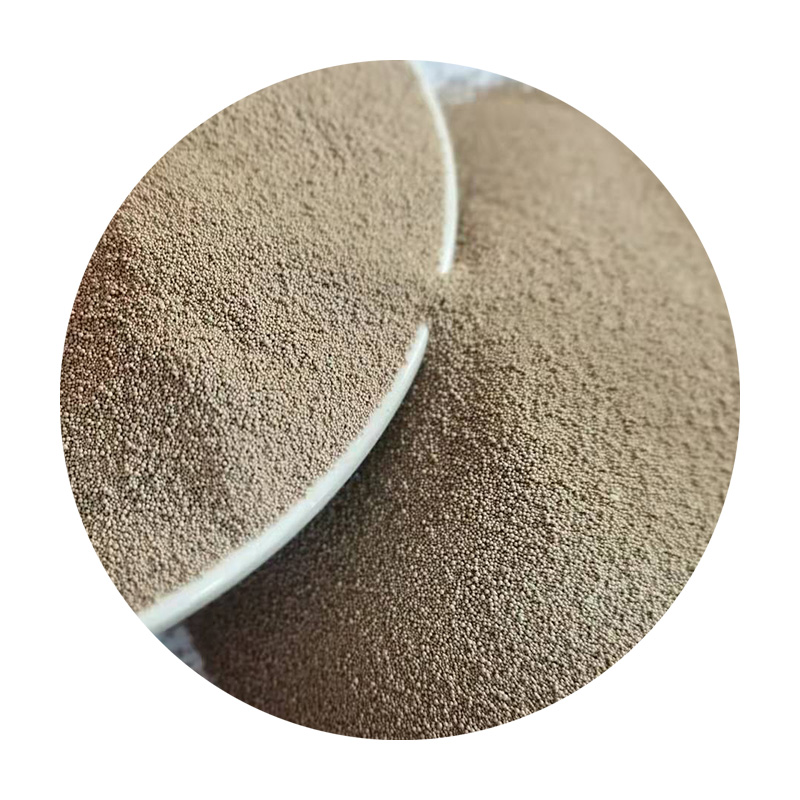The Art and Science of Steel Sand Casting A Comprehensive Overview
Steel sand casting is a prevalent manufacturing method employed in various industries for the production of complex shapes and structures. This process utilizes sand as a molding material to create molds for molten steel, enabling the creation of intricate parts that are both durable and dimensionally accurate. In this article, we will delve into the intricacies of steel sand casting, exploring its methodology, advantages, applications, and the future trends shaping this vital process.
Understanding Steel Sand Casting
At its core, steel sand casting involves several critical steps, beginning with the creation of a mold, followed by the pouring of molten steel, and concluding with the cooling and finishing of the final product. The mold is typically made from a mixture of sand, water, and a binder, which is shaped to form a cavity that mimics the desired part. Once the mold is prepared, molten steel is poured into the cavity. After the steel solidifies, the mold is removed, revealing the cast part.
The choice of sand is crucial in this process. Silica sand is the most commonly used due to its high melting point and excellent mold-making properties. To further enhance the mold's performance, binders such as clay or chemical agents are added to the sand mixture. This ensures the mold maintains its integrity during the casting process, allowing for high precision and minimal defects.
Advantages of Steel Sand Casting
One of the primary advantages of steel sand casting is its versatility. This method can produce a wide range of shapes, from simple to highly complex geometries, making it suitable for various applications in industries such as automotive, aerospace, and machinery manufacturing. Additionally, sand casting is cost-effective for producing large components, as it requires relatively low initial investment compared to other manufacturing techniques.
Another significant benefit is the ability to cast large objects. Steel, being a material known for its strength and durability, when cast in larger forms, can support heavy loads and withstand harsh environments. Moreover, steel sand casting allows for good surface finish and dimensional accuracy, which are critical for the functionality of many components.
steel sand casting

Applications of Steel Sand Casting
The applications of steel sand casting are vast, ranging from heavy machinery components to intricate aerospace parts. In the automotive industry, engine blocks and housings are commonly produced using this method. These components demand high strength and durability, making steel an ideal choice. Similarly, in the aerospace sector, parts such as landing gear and structural supports often employ sand casting due to the ability to create strong yet lightweight components.
Other applications include the manufacturing of industrial machinery, precision tools, and pipe fittings. The adaptability of the steel sand casting process allows manufacturers to cater to specific industry needs, whether it be producing small, detailed components or large, robust structures.
Future Trends in Steel Sand Casting
As technology advances, the steel sand casting industry is witnessing a shift towards increased automation and improved materials. Innovations in 3D printing are increasingly being integrated into the mold-making process, enabling faster production times and enhanced design flexibility. Additionally, advancements in new binding agents and sand materials are likely to improve the overall quality and reliability of cast products.
Sustainability is another significant trend, as manufacturers seek to reduce waste and improve energy efficiency in the casting process. Implementing recycling methods for sand and promoting the use of environmentally friendly materials are becoming vital considerations for companies aiming to bolster their eco-conscious image.
Conclusion
Steel sand casting remains a fundamental manufacturing process with a rich history and a bright future. Its ability to produce complex, durable parts at a relatively low cost positions it as a preferred method in various industries. As technology and sustainability practices continue to evolve, the steel sand casting process will undoubtedly adapt, ensuring its relevance in the modern manufacturing landscape. With ongoing innovations, this age-old technique is poised to meet the demands of tomorrow's manufacturing challenges effectively.
Post time:Lap . 15, 2024 17:56
Next:metal sand casting
